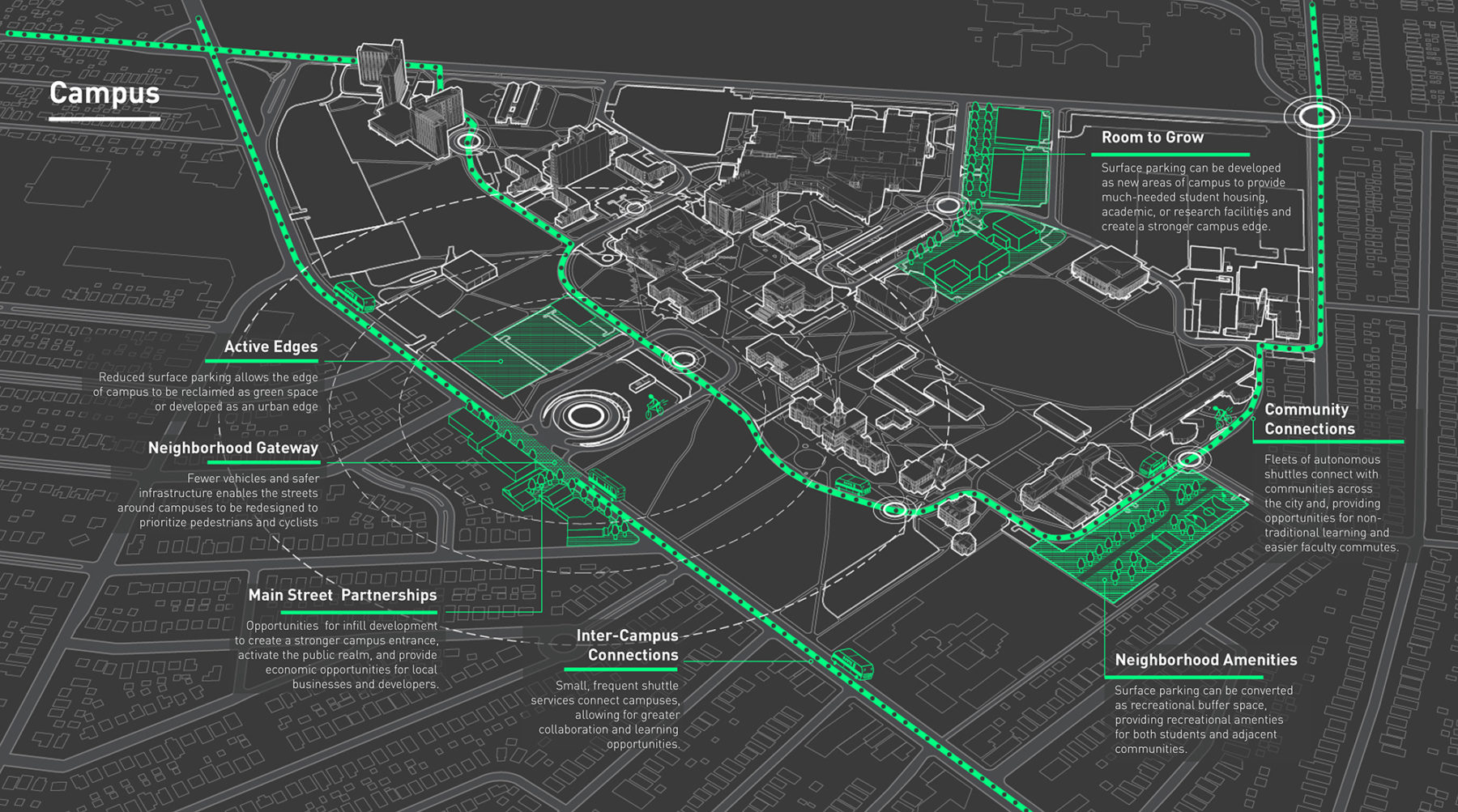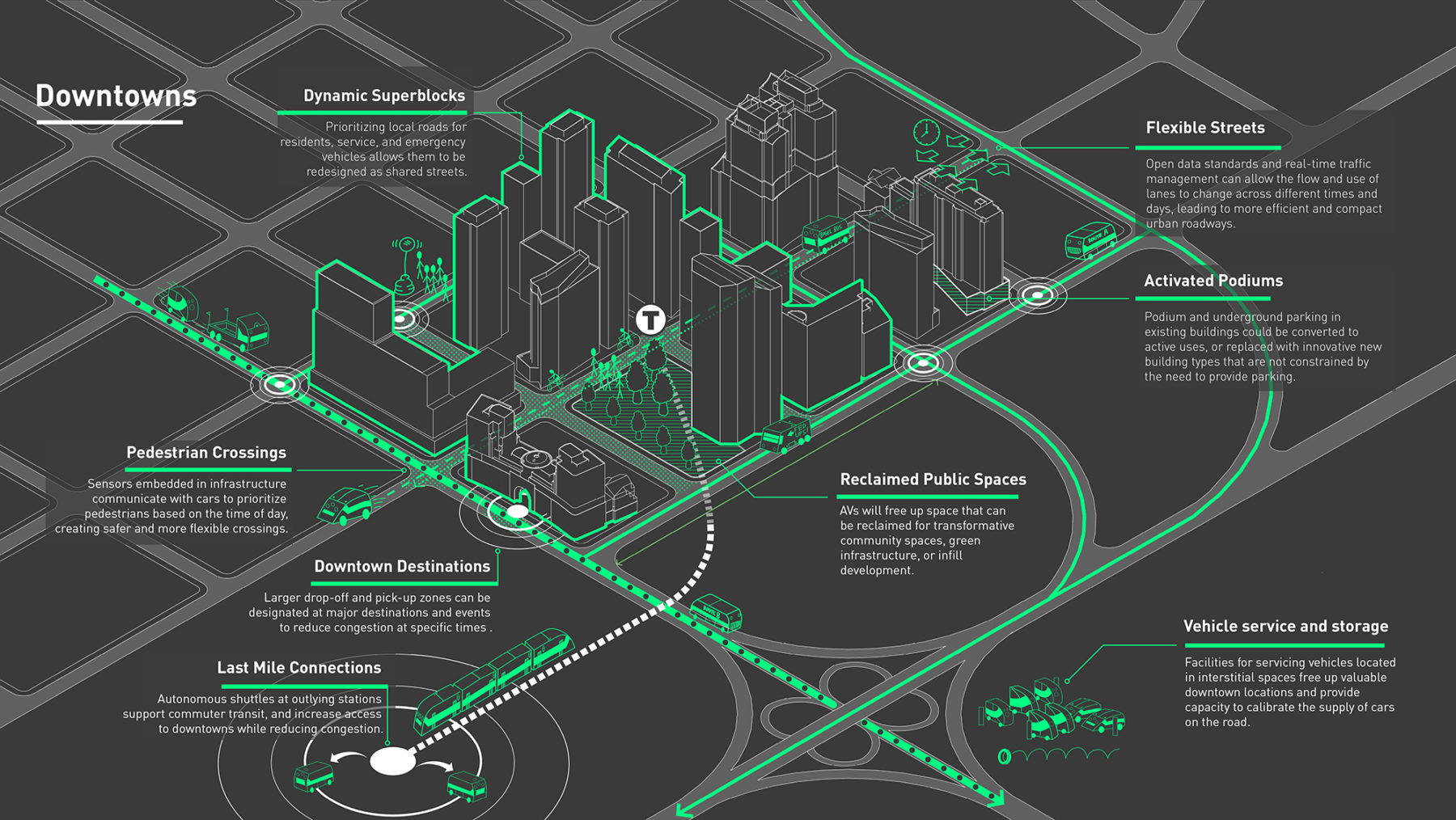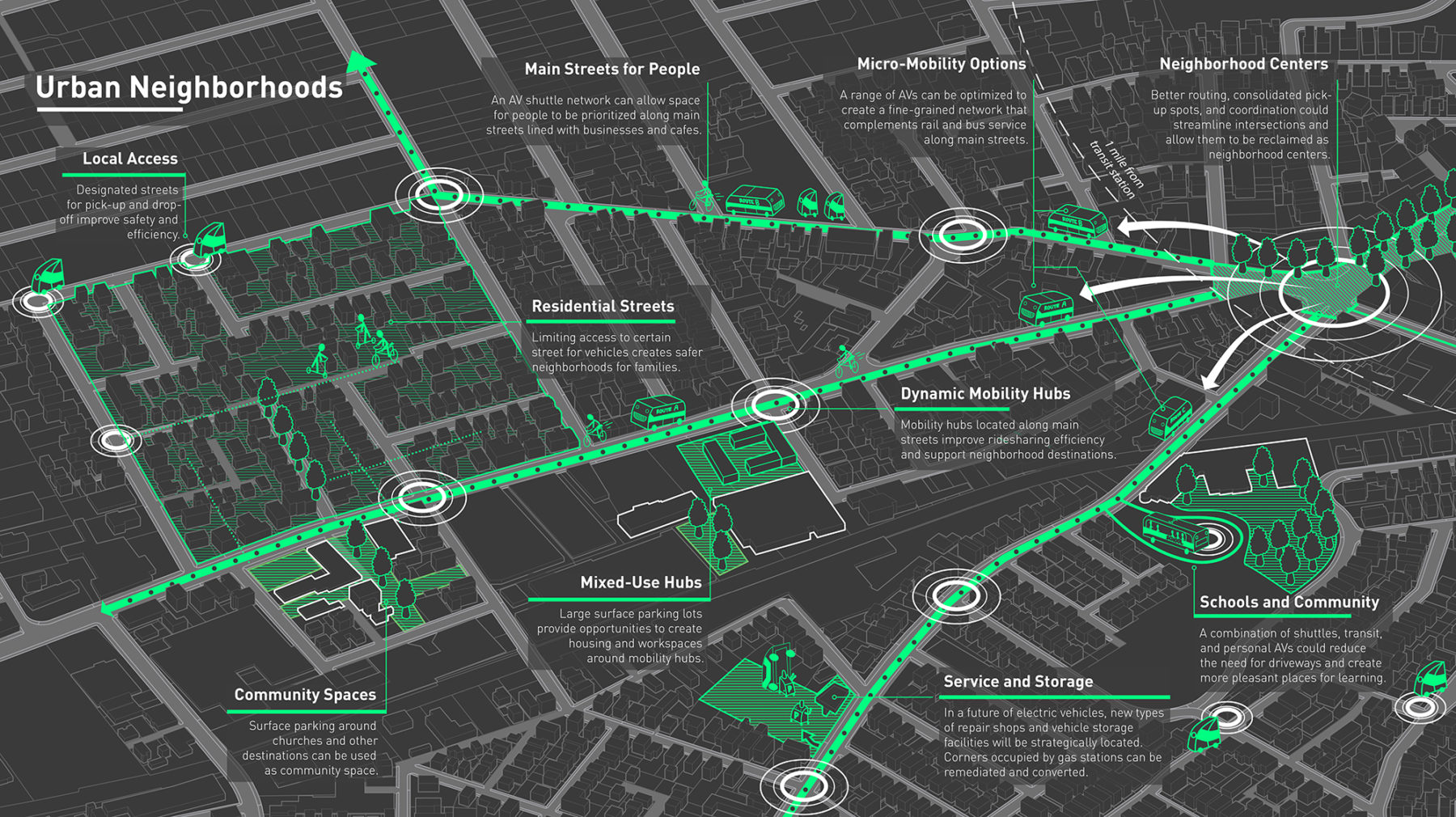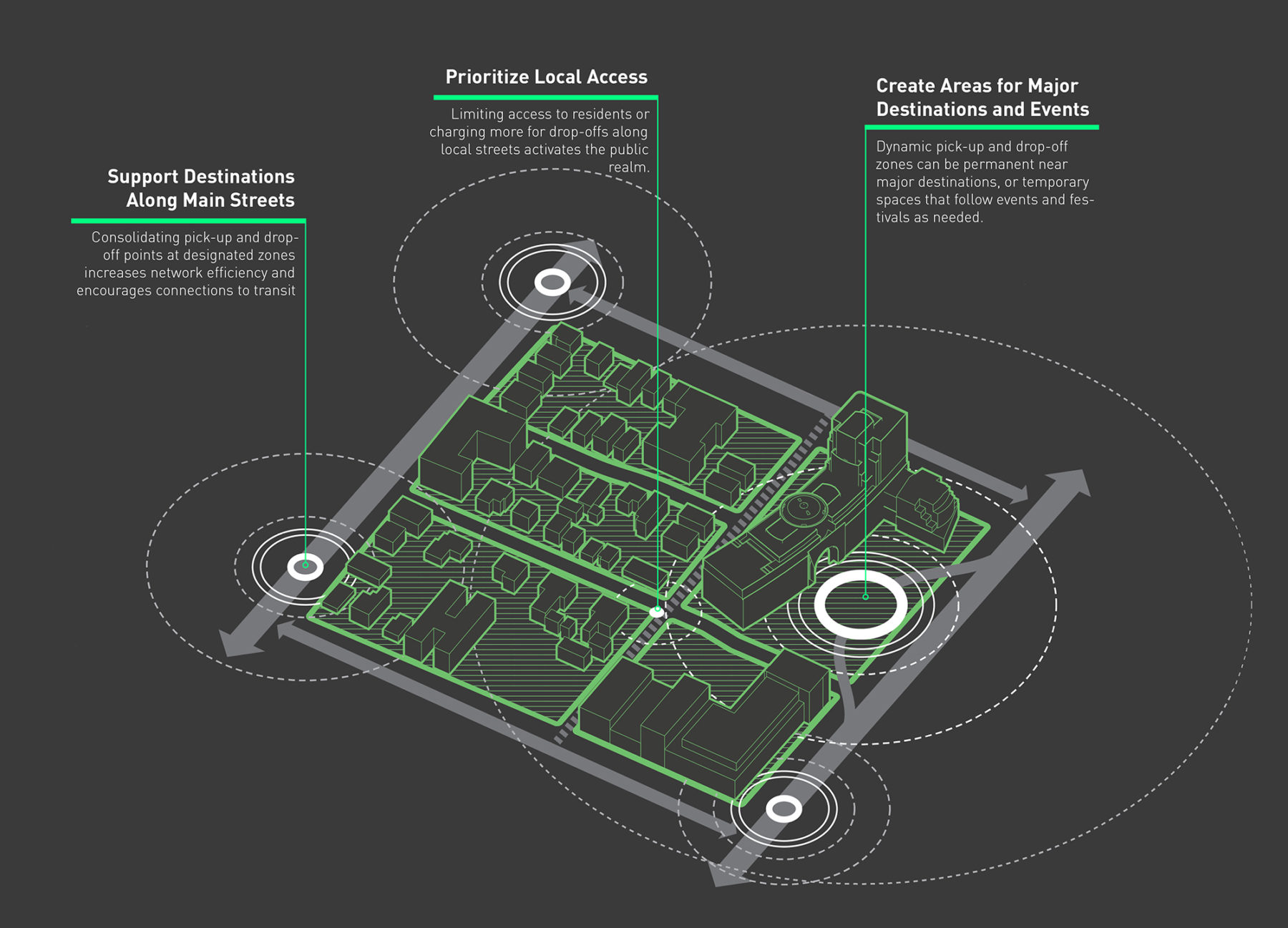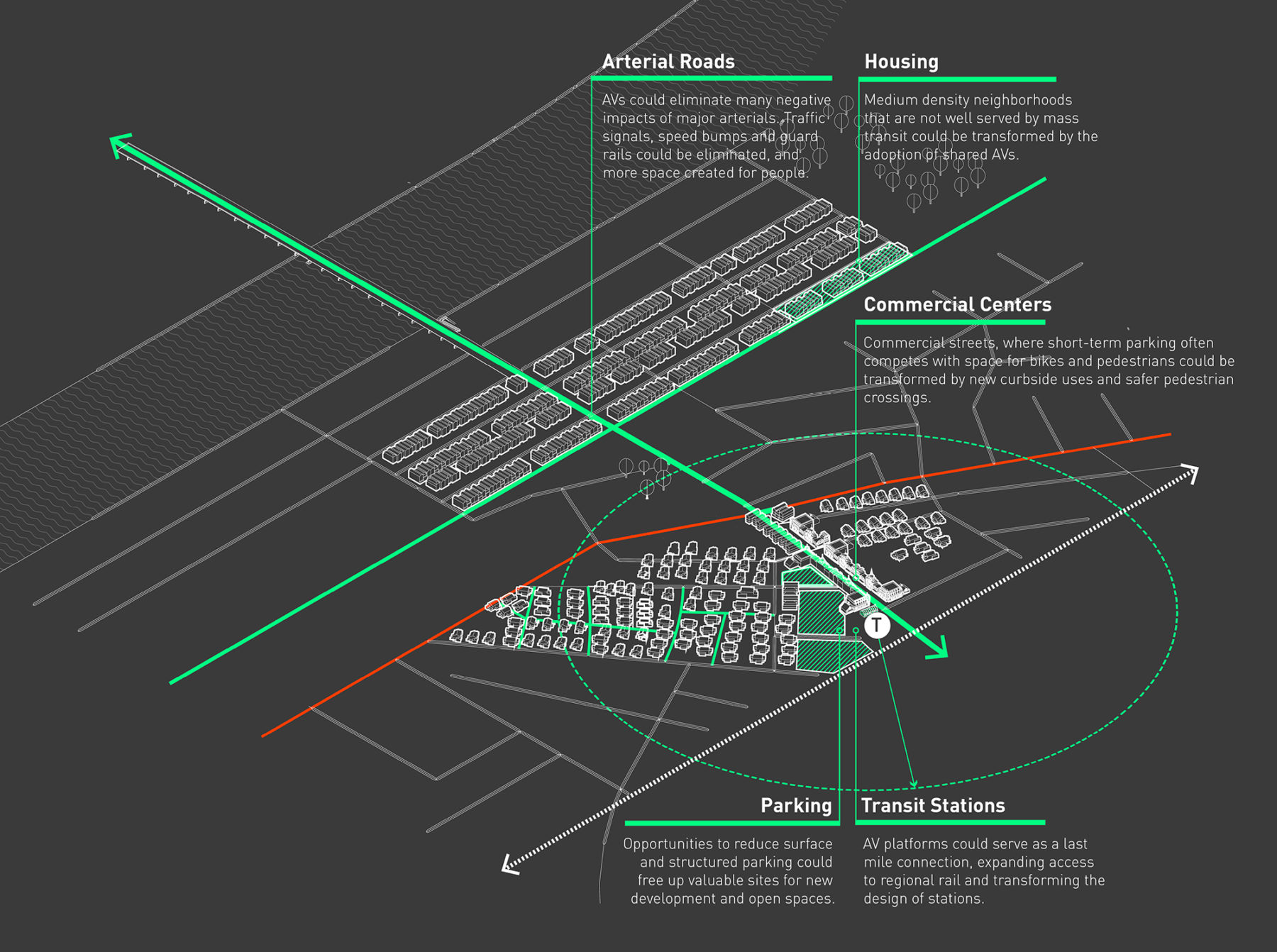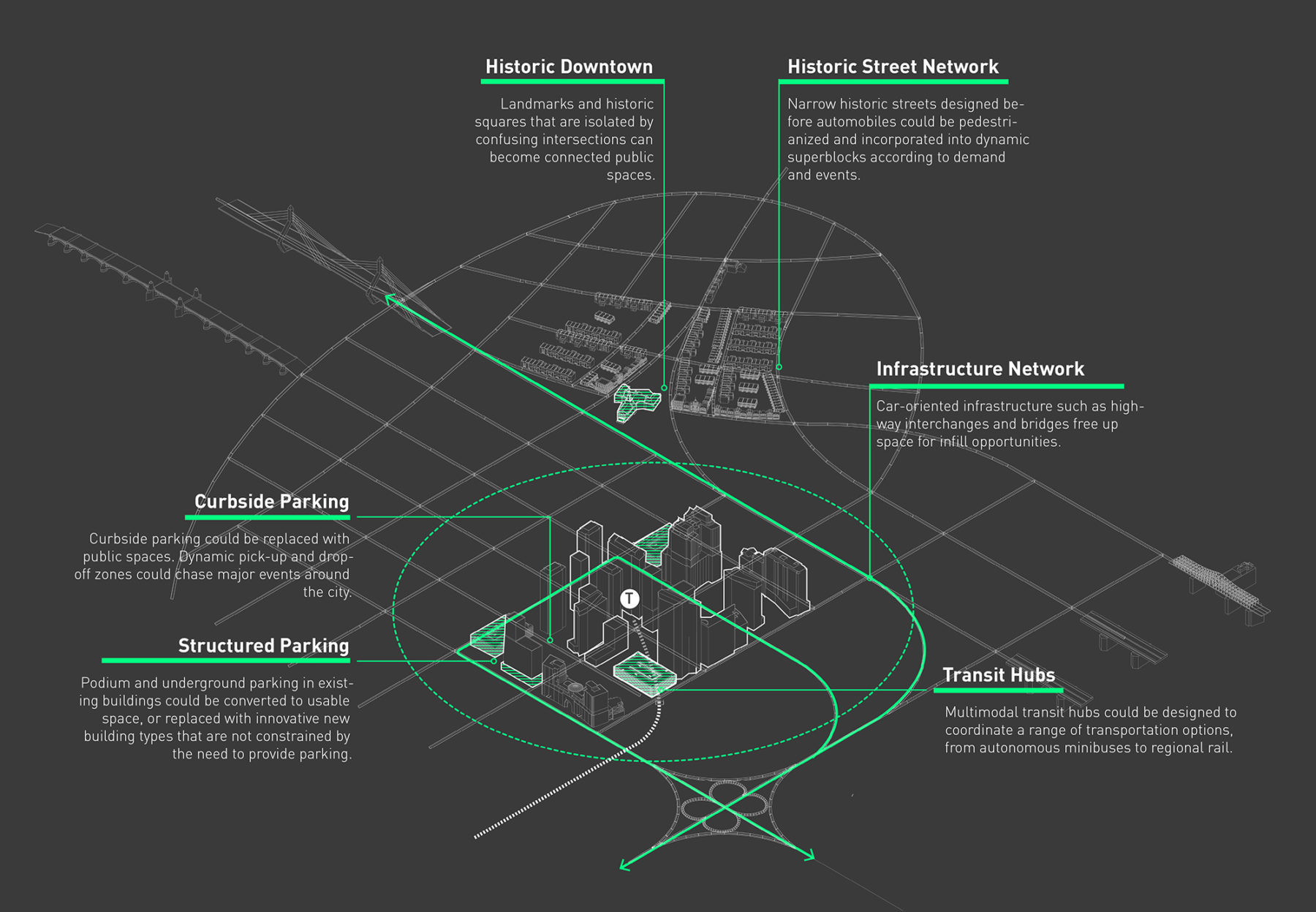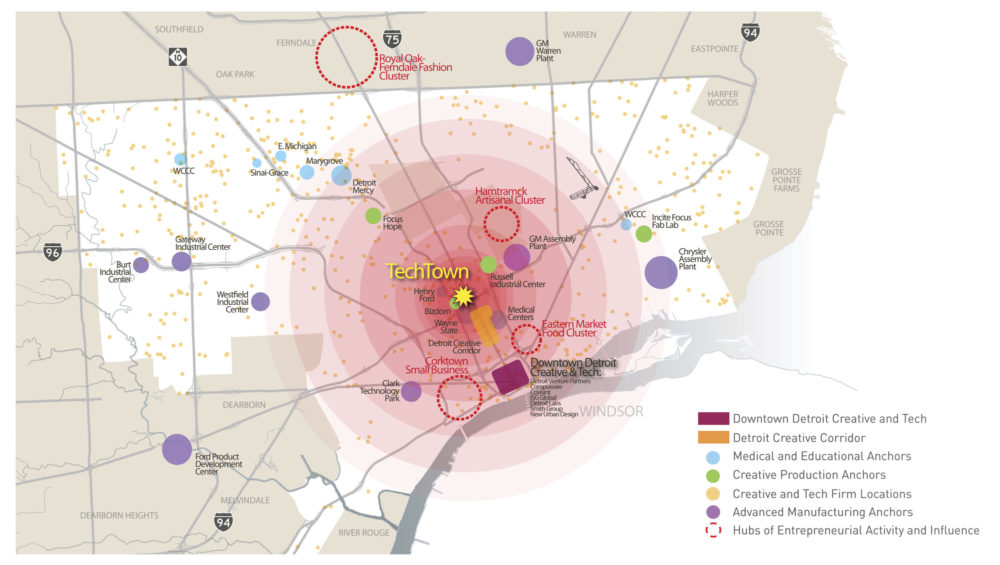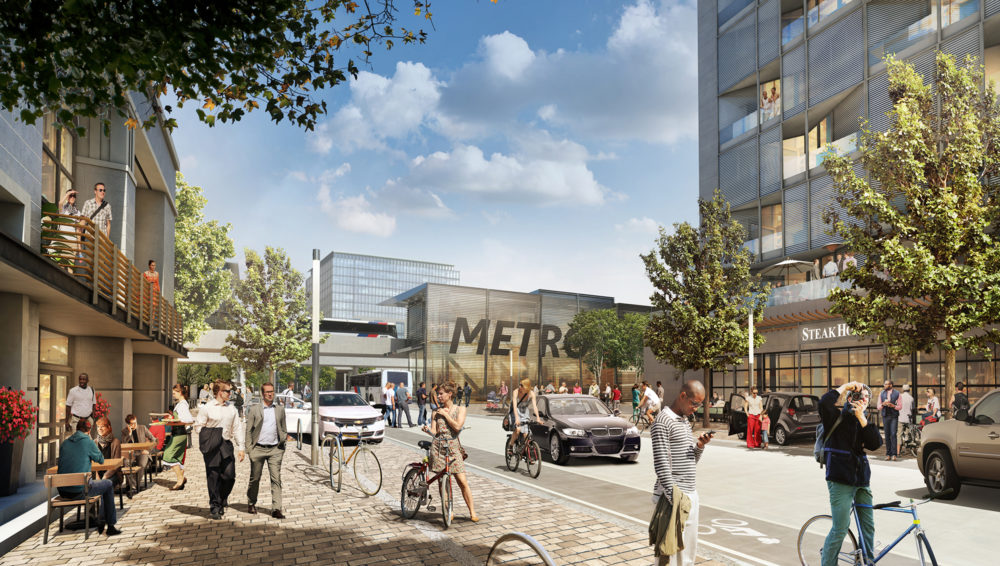An in depth research project that takes into consideration the input of industry leaders from a number of fields
Shifting Gears: An Urbanist Take on Autonomous Vehicles
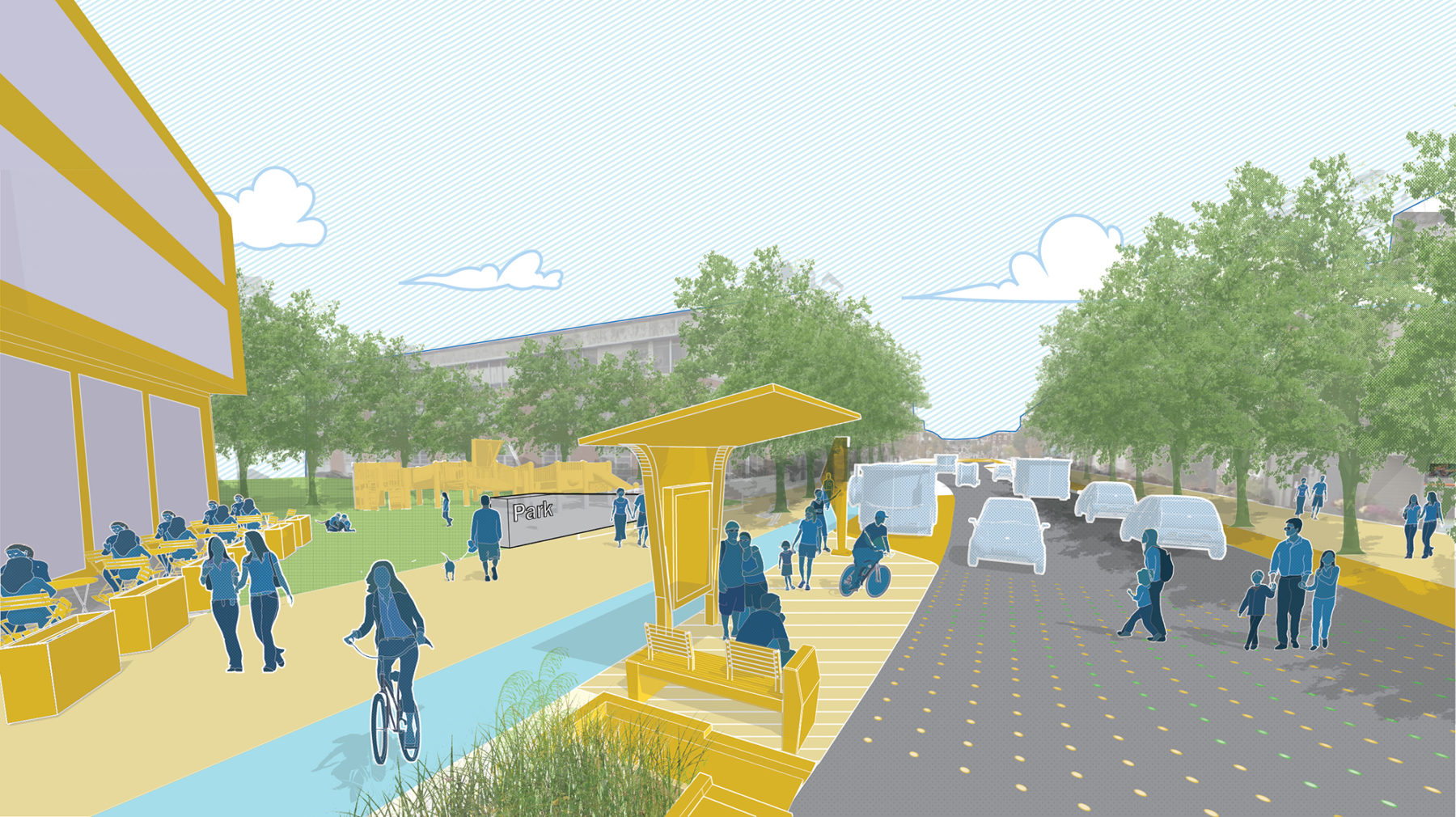
Autonomous vehicles (AV) are coming—albeit not as fast as popular media depictions would have you think. As urban designers and planners, we position many of our projects to envision scenarios often twenty or thirty years into the future. The potential impact of AVs is both complex and uncertain. This uncertainty places an onus on the design industry to proactively consider developing technologies that have the potential to alter our urban landscapes.
Each year, Sasaki funds four internal research grants supporting designers in pursuing research that expands beyond their project work into areas of inquiry that further their practice and skillset. This past year, one team focused on autonomous vehicle implications on urbanism and mobility. “I think we’ve seen a lot of misconceptions about what AV technology means for the future of urban life. The cities of tomorrow aren’t going to look like the Jetsons, at least not immediately,” postulates Alykhan Mohamed, leader of the Sasaki research team looking specifically at how autonomous vehicles will interact with the urban fabric.
There has been much discussion surrounding the effects of AV in both dense urban and suburban settings, but this team chose to focus on the middle neighborhood—that gray area in between—as the focus of their study because that is where they believe the most pivotal decisions and widespread changes will occur as a result of AV technology. More specifically, they are analyzing a particular stretch of Somerville Avenue, in Somerville, MA, an inner Boston suburb, which will also serve as the canvas for the Sasaki summer internship charrette. This deeper dive into the site’s features will bolster the firm’s ongoing AV research and culminate in an urban design toolkit that can be utilized by other municipalities to integrate AV-friendly design and streetscape interventions.
Over the course of their initial research, the team spoke with industry leaders in the tech and auto sectors, city leaders, and peers in the design world. These conversations strengthened the team’s understanding that AV technology will require significant collaboration between planners, designers, municipal, and automotive players to successfully integrate the technology with the city. As a result of their scrutiny, the researchers came up with five “big decisions” that will need to be considered to approach AV technology responsibly:
- Will the impacts of AV technology on the built realm help mitigate social divides and public health challenges or exacerbate them?
- How will ownership models for AVs affect urban fabric?
- Will AVs “play nice” with bikes, pedestrians, and transit?
- How will autonomous mobility support efforts to reclaim the public realm?
- How will AVs affect development and land use?
Many of these issues extend beyond the frequently discussed safety and integration concerns, broadening into greater socioeconomic and equity questions. Sasaki’s team presents each of these decisions in dichotomous “utopian/dystopian” terms. Ultimately, harnessing the potential of autonomous vehicles to makes transportation networks more equitable, safe, and transparent will better enable designers to create more livable cities.
To learn more about the project and explore the data, visit the microsite here.
